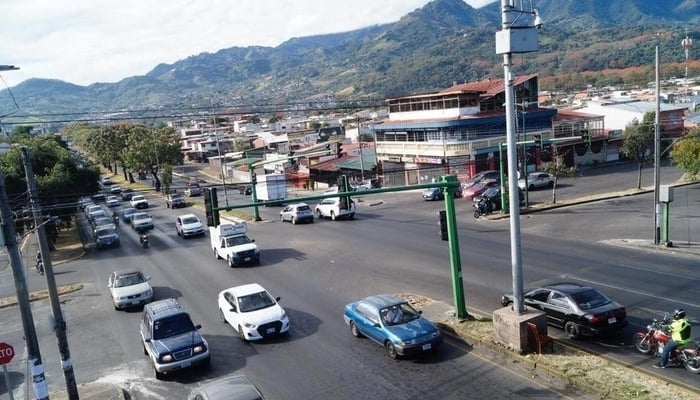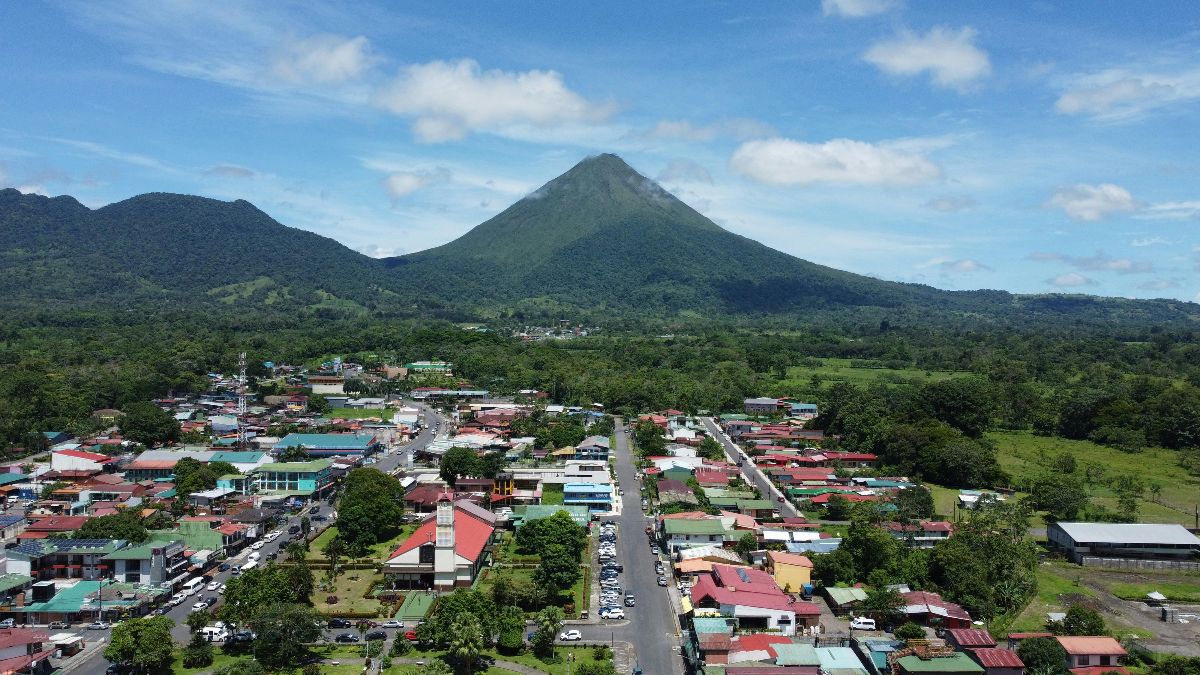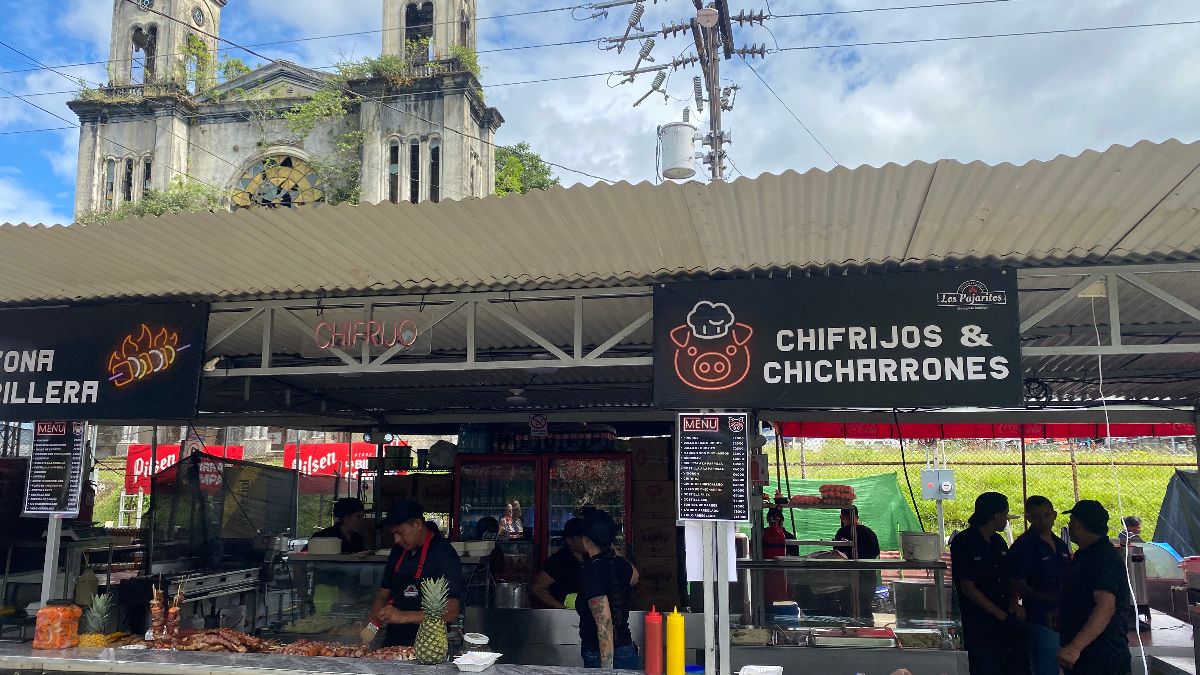Richard Bexon, a long-time expat, talks about how to get a Costa Rican driving license. He also offers a valuable bit of advice about where to get this done.
I’ve converted, or as they say here, ‘homolagar-ed‘ my driving license from the UK to Costa Rica twice now, once in 2005 and once in 2020.
The process was different both times, with 2020 being more of a pain than back in the day. I hope – with this article – I can save you a few days and definitely a lot of lining up and waiting, a national pastime Costa Rica and elsewhere in Central America.
Back in 2005, the first time I did this, the process was so simple that I don’t exactly remember it.
All I remember is not lining up and not waiting around. I remember walking into an office where someone behind a desk took my UK licence, looked at it, opened a book to try to understand it, and then stamped a bit of paper.
I took this paper to another person behind a desk who took my picture and gave me a license. The whole process must have taken no more than thirty minutes.
Fast forward to 2020 and I figured things would be no different or even easier, right? Right?
In 2019 I got my UK motorcycle license when I was back over there for a few months. When I returned to Costa Rica, I wanted to convert this to a Costa Rica motorcycle licence. The process is the same for any type of license; car, tractor, whatever.
So earlier this year, pre-pandemic, I got all my paperwork together and headed down to CONAVI in La Uruca, San Jose.
CONAVI (Consejo Nacional de Vialidad) is the National Highway Council, responsible for issuing drivers’ licenses in Costa Rica.
It was a Tuesday morning (you can only can do this Tuesdays and Wednesdays 7am -11am), and I arrived at 7:00 AM punto. I asked where to go and they pointed at a line of people alongside a building. The line was at least fifty-long, and I asked a few people how long they’d been there. Since 3:00 AM, they said.
That blew me away, and more so after I asked the guard how many people they allow to homologar their license in a day. Forty, he told me.
In a tacit admission that I had no chance of getting this fixed today, he said I should come back tonight and camp out or arrive at 3:00 AM the next day. No way, I thought.
Then I remembered there’s a CONAVI office in Barva, Heredia. It’s in the middle of nowhere, so there can’t be that many people waiting. I’ll go there tomorrow instead.
So the next day (a Wednesday) I got up early and arrived in Barva 4.30 AM. Welcoming me to the line was a group of at least fifteen happy, cheerful Venezuelans. I asked them how long they’d been waiting in line and they said since 5:00 PM the night before.
I was flabbergasted. They also told me they only do ten licenses a day for this service at this particular CONAVI office.
I had no idea what I was going to do. I asked a few people who I had to pay to get this process done and they said no one, you had to follow the process. They said due to the large amounts of foreigners moving to Costa Rica (most people in the line were from Venezuela, Colombia or Nicaragua), it was impossible to get this done unless you wanted a camping trip included.
I walked away and went home thinking that from now on, I could only ride my motorbike for three months at a time whenever I left and reentered the country. You can only drive on a foreign license for the first three months on arrival in Costa Rica.
The following week I was flying to Guanacaste for business and remembered there was a CONAVI office near to the Liberia Airport.
“What do I have to lose?” I thought. It was a Tuesday, I had all the paperwork, and I was going to pass in front of it anyway, at around 7:00 AM. I’ll give it a go.
I took the early-morning 40-minute flight from San Jose to Liberia with Sansa Airlines and got off the plane. I was being picked up by someone, so I asked if it was okay to quickly stop at the CONAVI office as we passed it. No problem, they said. Let’s go. At this point I expected that we’d slow down in front of the office, I’d see a massive line of people and think forget it.
I arrived at the office and saw no lines of people at all. My first thought was that the place must be closed. But to be sure, I asked the security guard if I could homologar my licence here.
He looked at me, asked to see my paperwork, stared me down for a bit, and ushered me around the corner. I asked again if it was possible and he said ‘of course’.
“How many people are ahead of me in the line?” I asked.
He looked at me like I was stupid and said, “Do you see anyone here?”
I said no, I didn’t see anyone else, and he said I was the first in the line for the day.
“Wait, what?” I thought. “There’s gotta be a catch here, nothing’s this easy in Costa Rica. Where’s the hidden line?”
The guard whisked me inside, where the clerk took my paperwork.
While he tapped away on his computer, we discussed motorbikes. He gave me a printout and told me to go across the road and pay 5,000 colones for my licence. Then I needed to come back with the receipt to get my picture taken.
I kept thinking, “Where’s the line? When’s the holdup going to happen? Where’s the bureaucracy?” I was sure it would happen across the road.
But nope. I went across, to a hotel, paid 5,000 colones, and she gave me a receipt. I went back to the still-empty office where the clerk took my photo and gave me fresh, brand new Costa Rican motorcycle license.
I went back to my waiting driver still amazed by the ease and simplicity of the process compared to La Uruca and Barva the week before.
So, to summarize, go to LIBERIA, GUANACASTE to do this.
Other rural and beach offices might also be quick, although my Barva experience doesn’t guarantee that. Maybe the rule of thumb is to do it as far away from the Central Valley as possible.
Liberia was super-easy and it’ll save you a lot of waiting. Why not kill two birds with one stone and stay at the beach while doing it?
Things to know:
- You can only do this on Tuesday or Wednesday from 7:00 AM-11:00 AM.
- You can do this in any of the following CONAVI offices: Heredia, Cartago, Nicoya, Liberia, Río Claro, Puntarenas, San Carlos, Alajuela, San Ramón, Pérez Zeledón, Guápiles, Limón, and San José (Uruca).
- Get your license translated by contacting an official translator. It costs around 20,000 colones.
- You don’t pay for the license until midway through the process in the CONAVI offices.
Summary of requirements:
- Bring your cedula, residency card (DIMEX), refugee, work card plus a photocopy of both sides of it. You can only get a Costa Rican driver’s license if you have official residency in Costa Rica, not if you’re here as a tourist.
- You need to have been in Costa Rica for over 3 months and 1 day (during this time you can drive on your foreign driving license). You will need to bring your passport with last entry stamp to prove this. Also bring a photocopy of your passport and the page with your last stamp.
- Bring your foreign (non-Costa Rican) license with you. Make sure it’s in good condition. Again, photocopy both sides of your foreign driver’s license.
- If your license is not in Spanish, you need to get in translated by an official translator (Costs around 20,000 colones).
- You need a medical exam (dictamen medico) done within 180 days (six months) of your visit to CONAVI. Most CONAVI offices have multiple clinics nearby facilitate this. If you live in the Central Valley, contact Dr Andres (8370-4884) and he will come to your house to do the test. The cost is between 20,000 and 25,000 colones and he doesn’t upcharge. Make sure you know your blood type.
- If you’re married and have changed your name in Costa Rica from the name on your foreign license, bring your marriage certificate (plus photocopies).
Related
A First Timer’s Guide to the Costa Rican Riteve
Richard Bexon has lived in Costa Rica since 2002 and is a co-owner of the Namu Travel Group.




